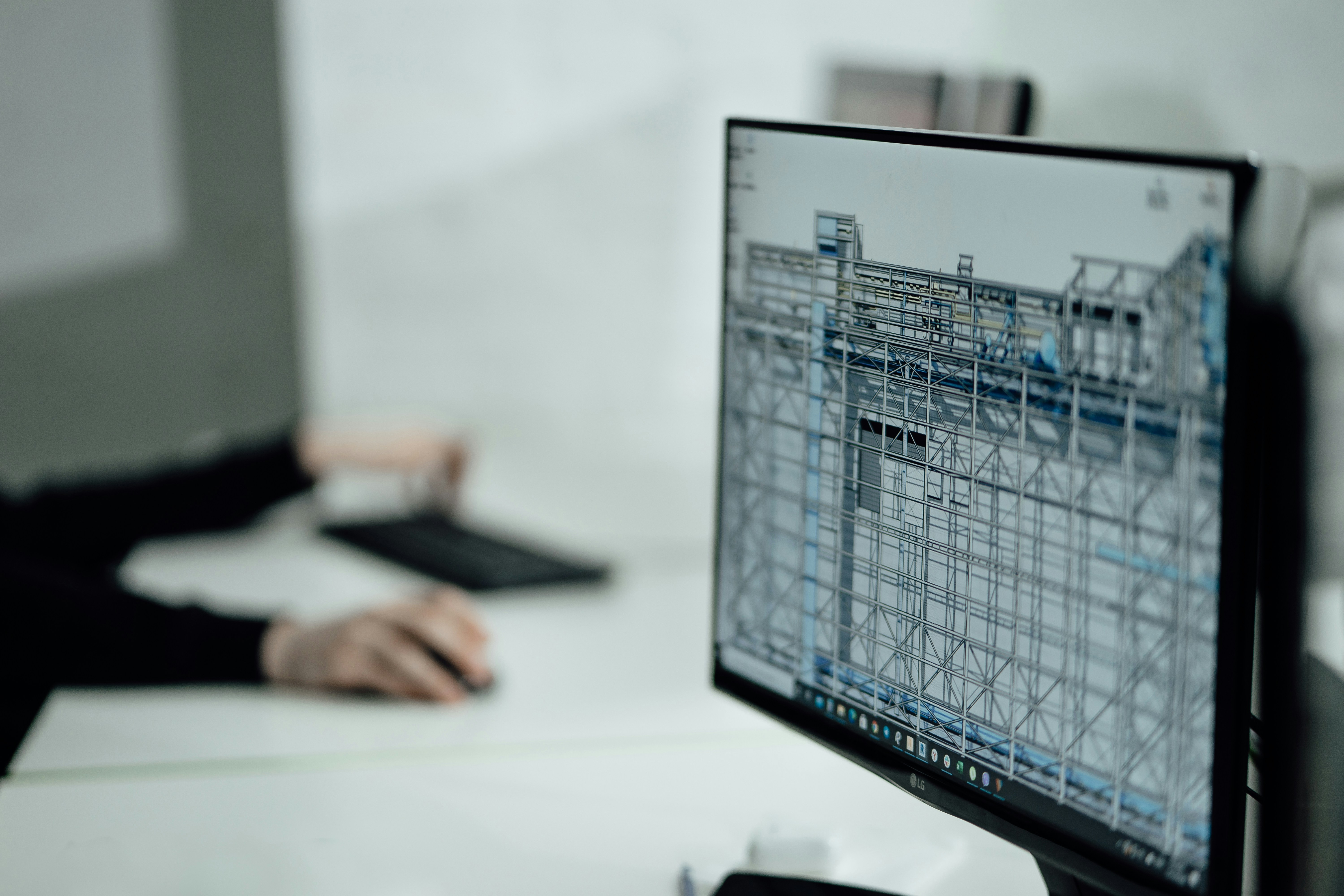· architectural technology · 4 min read
Software Solutions for Efficient Architectural Design
Discover top-notch software solutions that streamline your architectural design process, enhancing precision, efficiency, and creativity.

Imagine a world where your architectural dreams transform seamlessly into reality with the click of a button. No more late nights wrestling with outdated software, but instead, a streamlined process that brings your visions to life efficiently and effortlessly.
In the fast-paced world of architecture, having the right tools can mean the difference between a breathtaking masterpiece and a logistical nightmare. Here’s how you can elevate your design process with top-notch software solutions.
Overview of Architectural Software Needs
Why Software Matters: Architects need precision, efficiency, and flexibility. The right software ensures designs are accurate, visually stunning, and easily adaptable. Without these tools, architects may face errors, time wastage, and frustration. Software solutions cater to various design aspects, from initial sketches to detailed construction documents, allowing for an integrated workflow that enhances productivity and creativity.
Top Software Solutions
1. AutoCAD:
- Precision: AutoCAD is known for its precision in creating detailed blueprints and technical drawings. It allows architects to produce accurate plans, elevations, and sections.
- Versatility: AutoCAD supports 2D and 3D designs, providing flexibility for various project stages. Architects can switch between different views and presentation styles.
- Integration: AutoCAD integrates seamlessly with other Autodesk products and third-party tools, enhancing its functionality and enabling a cohesive design process.
2. Revit:
- Efficiency: Revit is designed for Building Information Modeling (BIM), streamlining design, documentation, and construction processes. When changes are made, it allows for automatic updates across all project elements.
- Collaboration: With cloud-based sharing and real-time updates, Revit supports collaboration among team members, ensuring everyone works on the latest version of the project.
- Detailing: Revit excels in detailing building components and systems, providing a comprehensive solution for both architectural and structural design.
3. SketchUp:
- User-Friendly: SketchUp’s intuitive interface makes it easy for architects to create quick iterations and conceptual designs. It’s perfect for initial brainstorming and presenting ideas to clients.
- Accessibility: As an affordable and easy-to-learn tool, SketchUp is accessible to firms of all sizes, making it a valuable addition to any architectural toolkit.
- Integration: SketchUp works well with other tools, such as V-Ray for rendering and Trimble Connect for project management, allowing for a seamless workflow.
Implementing Software Solutions
1. Training and Onboarding:
- Workshops: Organize hands-on workshops to train your team on new software. Interactive sessions help users become familiar with features and functionalities.
- Tutorials: Use online resources, including video tutorials and webinars, to provide your team with ongoing learning opportunities.
- Support: Establish a support system internally or through the software provider to assist users with troubleshooting and advanced features.
2. Integration with Workflows:
- Seamless Transition: Develop a plan to integrate new software with existing tools, ensuring a smooth transition. Test the integration on smaller projects before full-scale implementation.
- Customization: Customize software settings to match your firm’s workflow: tailor templates, toolbars, and shortcuts to enhance productivity.
- Feedback Loop: Regularly collect feedback from users to identify any issues or areas for improvement. Use this feedback to refine the integration process.
3. Continuous Updates and Support:
- Stay Updated: Ensure your software is continually updated to the latest version to take advantage of new features and security improvements.
- IT Support: Provide robust IT support for troubleshooting issues and maintaining system performance.
- Resources: Maintain access to a library of resources, including documentation and best practices, to help users stay informed and proficient.
Exclusive IT Helpdesk Solutions
1. Software Deployment and Management:
- Automated Deployment: Implement automated deployment tools to streamline the installation and configuration of software across all devices in your firm.
- Licensing Management: Track software licenses to ensure compliance and optimize costs. Use centralized systems to manage licenses and subscriptions.
- Remote Support: Provide remote assistance to resolve software issues quickly, minimizing downtime and maintaining productivity.
2. Custom Software Solutions:
- Customization: Work with your IT team or external developers to tailor software solutions to meet specific architectural needs, enhancing efficiency and functionality.
- Integration: Ensure custom tools integrate seamlessly with existing software, providing a cohesive workflow.
- Development: Develop bespoke solutions, such as specialized design tools or workflow automation, to address your firm’s unique challenges.
3. Data Security and Backup:
- Secure Data Handling: Implement stringent security measures to protect sensitive design data, including encryption and access controls.
- Automated Backups: Set up automated backups to ensure data is regularly backed up without manual intervention, reducing the risk of data loss.
- Recovery Solutions: Develop fast recovery options to minimize disruption in case of data loss, ensuring business continuity.
Call to Action and Conclusion:
“By embracing the right software solutions, architects can elevate their designs and workflows to unprecedented heights. Start exploring these tools today and witness the transformation in your architectural practice. And remember, our IT helpdesk is here to assist with seamless integration, custom solutions, and robust support every step of the way.”